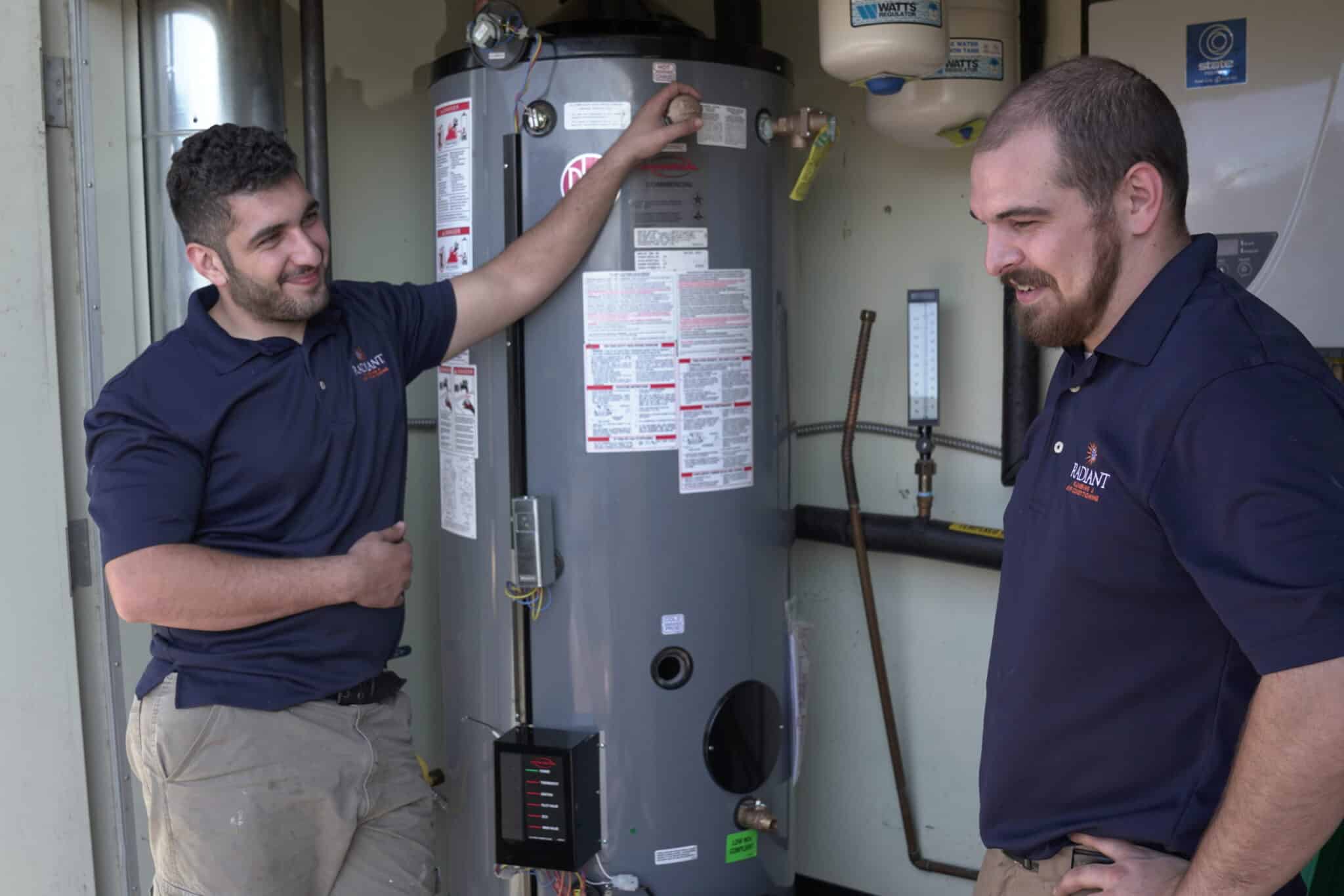Effective Techniques for Maintaining Your Home's Hot Water System
Effective Techniques for Maintaining Your Home's Hot Water System
Blog Article
Here down the page you'll find more extremely good resources involving Water Heater Maintenance Tips You Can't Afford to Forget.

Hot water is crucial for daily convenience, whether it's for a refreshing shower or washing recipes. To ensure your warm water system runs efficiently and lasts much longer, regular maintenance is crucial. This article supplies practical ideas and insights on just how to maintain your home's warm water system to avoid interruptions and pricey repair work.
Intro
Maintaining your home's warm water system could seem complicated, but with a couple of basic actions, you can guarantee it operates efficiently for years to come. This guide covers every little thing from understanding your hot water system to do it yourself upkeep suggestions and understanding when to hire specialist assistance.
Importance of Maintaining Your Warm Water System
Regular upkeep not only expands the life-span of your warm water system yet also ensures it runs efficiently. Overlooking maintenance can cause lowered efficiency, higher energy expenses, and also premature failing of the system.
Indicators Your Warm Water System Needs Maintenance
Understanding when your warm water system requires focus can prevent major issues. Look out for indications such as irregular water temperature, strange sounds from the heater, or corroded water.
Comprehending Your Warm Water System
Before diving into upkeep jobs, it's helpful to recognize the standard parts of your warm water system. Generally, this consists of the water heater itself, pipes, anode rods, and temperature controls.
Regular Monthly Maintenance Tasks
Regular monthly checks can help catch minor issues before they escalate.
Flushing the Water Heater
Flushing your hot water heater eliminates sediment accumulation, enhancing effectiveness and prolonging its life.
Checking and Replacing Anode Rods
Anode rods prevent deterioration inside the container. Evaluating and replacing them when worn is essential.
Examining and Adjusting Temperature Setups
Readjusting the temperature level settings guarantees optimal efficiency and security.
DIY Tips for Maintenance
You can perform numerous upkeep jobs yourself to keep your warm water system in leading problem.
Checking for Leaks
Regularly evaluate pipelines and connections for leaks, as these can bring about water damages and higher bills.
Testing Stress Relief Valves
Testing the stress safety valve ensures it functions appropriately and protects against extreme pressure build-up.
Shielding Pipes
Insulating warm water pipes reduces heat loss and can save energy.
When to Call a Professional
While DIY maintenance is beneficial, some issues call for expert knowledge.
Facility Problems Calling For Expert Assistance
Examples consist of major leakages, electrical problems, or if your hot water heater is regularly underperforming.
Regular Professional Upkeep Advantages
Professional upkeep can include complete inspections, tune-ups, and guaranteeing conformity with security requirements.
Verdict
Regular upkeep of your home's hot water system is crucial for effectiveness, durability, and cost financial savings. By following these ideas and knowing when to look for professional assistance, you can make certain a dependable supply of warm water without unexpected disruptions.
Water Heater Maintenance Tips
Test the TPR Valve
Shut off the power and the cold-water supply valve. Place a bucket under the pipe connected to the temperature-pressure-release (TPR) valve on the top or side of the tank. (This valve opens if the tank pressure gets too high.) Lift the valve’s tab to let some water out, then let go. If water keeps flowing, drain the tank partway, unscrew the old valve with a pipe wrench, and install a new one. Check the Anode Rod
Put a hose to the tank’s drain cock and let out a few gallons of water. Now fit a 1 1/16-inch socket onto the rod’s hex head on top of the heater (or under its top plate) and unscrew the rod. If it’s less than ½ inch thick or coated with calcium, buy a new one, wrap its threads with Teflon tape, put it back in the tank, and tighten securely. Use this segmented rod if headroom above the tank is limited. Drain the Tank and Wash Out Sediment
Drain the remaining water in the tank into the bucket, then stir up the sediment on the tank’s bottom by briefly opening the cold-water supply valve. Drain and repeat until clean water comes out of the hose. Close the drain cock, refill the tank, and turn its power back on. Adjust the Temperature
Find the temperature dial on the side of the tank and unscrew its cover. Adjust the dial to 120 degrees using a flathead screwdriver. For every 10 degrees the temperature is lowered, you can expect to save up to 5 percent in energy costs. Turn the water heater off or the thermostat down to its lowest setting if you plan to be away from home for more than three days. Insulate the Pipes
Buy some self-sticking 3/8-inch-thick foam pipe insulation that matches the pipes’ diameter. Slide the foam over the hot-and cold-water pipes as far as you can reach. Insulating the cold-water pipe prevents condensation in summer. Peel the tape and squeeze the insulation closed. If the pipe is 6 inches or less from the flue, cover it with 1-inch-thick unfaced fiberglass pipe wrap. https://www.thisoldhouse.com/plumbing/21016402/how-to-maintain-a-water-heater

As a passionate reader about Water Heater Maintenance Tips You Can't Afford to Forget, I figured sharing that post was really helpful. Sharing is good. You never know, you may just be doing someone a favor. Many thanks for your time. Don't forget to stop by our site back soon.
Call Today Report this page